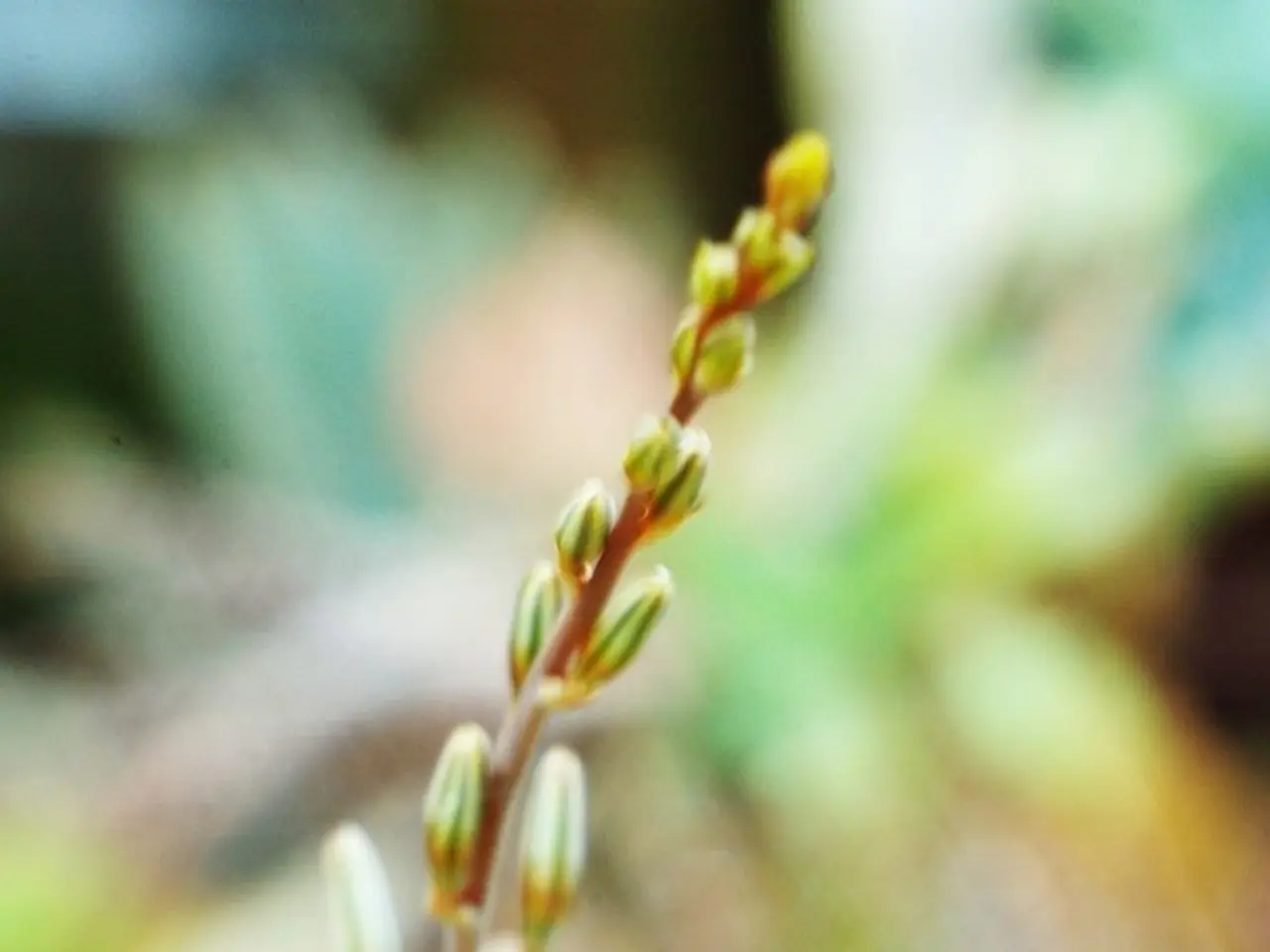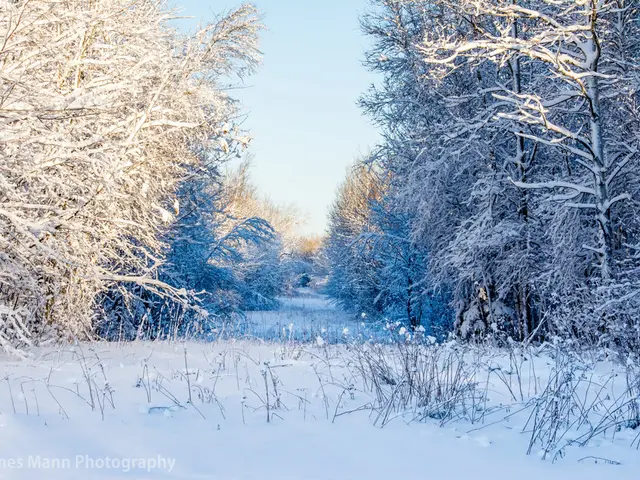Spiky-Edged Loveliness: Begonia Ferox, a Plant Deceptively Soft in Touch
Caring for the Unique and Rare Begonia Ferox: A Guide
Begonia Ferox, a fascinating foliage plant native to China, is known for its fierce-looking leaves with prominent bullae and dark red spikes. This rare species thrives in temperatures between 18°C to 27°C (65°F and 80°F) and prefers bright, indirect light indoors, mimicking its natural habitat in the shade of limestone cliffs and forest canopies.
To create an ideal environment for Begonia Ferox at home, grow it in a light, airy soil mix that holds some moisture but drains quickly. A blend of peat moss or coco coir, perlite, and a small amount of orchid bark creates the right balance. The soil should be kept evenly moist but never waterlogged. The best approach for watering is to let the top inch or two of soil dry out before watering again.
Consistent light from multiple angles is recommended to keep the plant growing evenly. Rotating the pot every week or so is suggested to ensure the plant receives light from all sides. Begonia Ferox does best near an east-facing window or slightly set back from a south or west-facing window with a sheer curtain to diffuse the sun. High humidity is important, ideally between 60 and 80 percent.
Regular maintenance keeps Begonia Ferox looking its best. Remove dead or yellowing leaves, clean the leaves with a damp cloth, and inspect for pests. During the active growing season, feed the plant with a diluted balanced liquid fertilizer every two to four weeks.
Begonia Ferox is a monoecious plant, bearing both male and female flowers. Female flowers are pinkish-white, while male blooms are pinkish-yellow. Repotting every one to two years, usually in spring just before the active growth phase begins, is sufficient.
China's biodiversity is extraordinary, with a vast number of plant families flourishing across its varied ecosystems. Guangxi, in particular, is often referred to as a botanical treasure trove, where Begonia Ferox originates. Its landscape is dotted with limestone formations, providing the natural habitat for this unique plant.
Remember, Begonia Ferox should never be exposed to cold drafts or temperatures below 13°C (55°F). By following these guidelines, you can help your Begonia Ferox thrive and enjoy its distinctive appearance in your home.
Read also:
- Peptide YY (PYY): Exploring its Role in Appetite Suppression, Intestinal Health, and Cognitive Links
- Toddler Health: Rotavirus Signs, Origins, and Potential Complications
- Digestive issues and heart discomfort: Root causes and associated health conditions
- House Infernos: Deadly Hazards Surpassing the Flames








